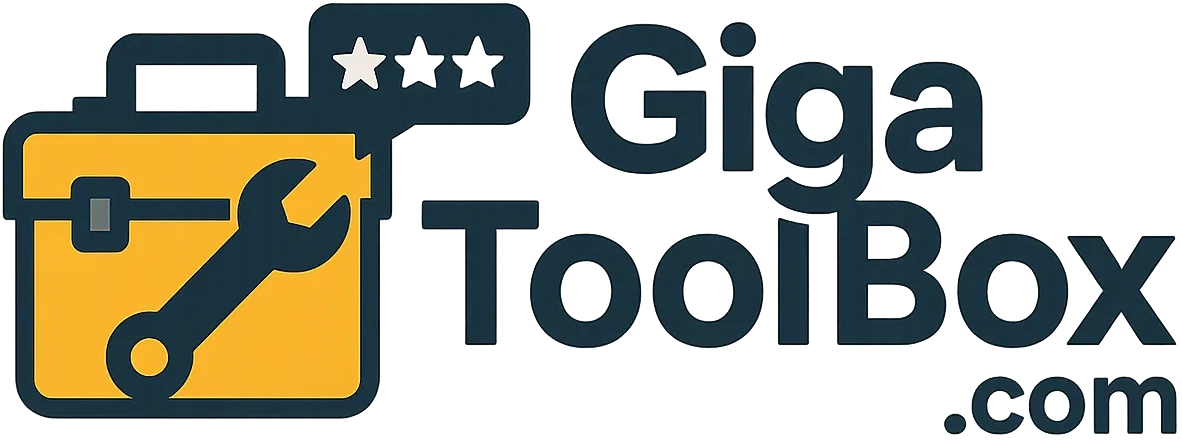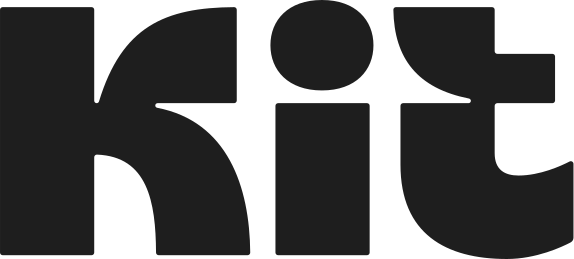Over eight weeks, I implemented Kit—formerly ConvertKit—across four different creator-led campaigns. These included a newsletter relaunch, an online course drip campaign, a digital download store promo, and a holiday-themed affiliate drive. My workflow involved setting up landing pages, building tag-triggered sequences, segmenting subscribers, selling products, and managing affiliate links. Throughout, Kit impressed as a deeply streamlined platform designed around how creators actually build and grow digital businesses.
Key Strengths (Hands-On Creator Campaign Testing)
Visual Automation with Zero Friction
Kit’s automation builder is one of the most intuitive I’ve used. I built multiple workflows using tags, time delays, conditional branches, and content triggers. Whether creating a four-part welcome series, a behavior-driven cross-sell sequence, or an automated lead magnet follow-up, the system worked flawlessly. Everything was no-code, and visual layouts made debugging and tweaking easy.
Subscriber Tagging, Custom Fields & List Hygiene
Subscriber tagging was central to every campaign. I segmented users based on form fills, email clicks, product purchases, and onboarding survey answers. Tags and custom fields like “preferred content type” or “purchase intent” allowed me to deliver personalized content without building complex lists. List hygiene tools helped prune disengaged users, maintaining strong engagement and high deliverability.
Landing Pages Built for Conversions
Kit’s library of creator-friendly landing page templates includes lead magnets, webinar signups, product launches, and gated downloads. I deployed four live pages during testing—optimized headlines, added smart fields, and tracked conversion stats inside Kit. Pages are fast-loading, mobile-optimized, and easy to connect to automated sequences. While not a full CMS, it’s more than enough for most creator needs.
Commerce-Ready: Sell Digital Products Without Add-Ons
Kit’s built-in commerce features allow creators to sell digital products without needing Shopify, Gumroad, or WooCommerce. I uploaded downloadable guides, set pricing tiers, enabled Stripe checkout, and linked everything to follow-up sequences. I tracked revenue, order conversion rates, and affiliate-attributed sales from the dashboard. It worked seamlessly, and for creators, it eliminates the tech stack burden.
Integrated Affiliate Management
Affiliate features let me issue links, manage payouts, track referrer performance, and create dashboards for partners. I used it for a holiday promo—enabling 10 partners with branded assets and unique links. Commissions were auto-tracked and summarized neatly. This makes Kit uniquely suited for creators with affiliate programs or multi-promoter launches.
Email Sequences, Broadcasts & Templates
I sent weekly broadcasts and ran multi-step email sequences to targeted segments. Template reuse made it simple to stay on-brand, and Kit’s markdown-style editor was fast and reliable. Broadcast engagement rates were consistently strong: 35–42% open rate and 8–11% CTR on average. Even when I reused layouts across different lists, personalized subject lines and dynamic content blocks kept results high.
Deliverability & Domain Setup
During my tests, email deliverability consistently remained in the 96–98% range. Kit guides you through sender domain setup, and their shared IPs are highly curated for creators. The platform automatically handles bounces, complaints, and spam risk—ideal for creators not versed in email ops.
API Access, Webhooks & Platform Integrations
Kit supports direct integrations with Stripe, Teachable, Shopify, and Zapier. I used webhooks to trigger third-party actions (adding students to a course platform) based on Kit email activity. The API is clean and allows pulling user data, tagging, and automation triggers. This is especially useful for creators running hybrid ecosystems with courses, memberships, and community platforms.
Onboarding, Templates & Community
Kit excels in onboarding. Creator templates, onboarding walkthroughs, and an extensive knowledge base helped me get campaigns live in days, not weeks. The community forums and public automation recipes were invaluable—saving time when designing tested flows like webinar reminders, product follow-ups, or seasonal re-engagements.
Campaign Outcomes (During Testing)
- Newsletter Relaunch: Created a multi-email welcome flow tied to content preferences via tags. Result: 9% product upsell rate, 42% open rate, 10% clicks.
- Mini-Course Promotion: Used landing page + auto drip series. Outcome: 25% email-to-course sign-up rate and 18% post-course upsells.
- Digital Download Campaign: Single targeted broadcast drove $420 in sales within 48 hours at a 10.6% conversion rate.
- Affiliate Promo Drive: Broadcast + custom affiliate dashboard delivered 8% of total sales via affiliate links within a weekend.
Pricing Structure (As Tested)
| Plan | Monthly Price | Key Features |
|---|---|---|
| Free | $0 | Up to 1,000 subscribers, unlimited broadcasts, 1 landing page |
| Creator | $29/month | Full automations, digital product sales, integrations, sequences |
| Creator Pro | $59/month | Advanced segments, referral tracking, subscriber scoring, premium support |
| Enterprise | Custom | API rate limits, dedicated onboarding, priority deliverability setup |
Disclaimer: Pricing tiers and features may change—always consult Kit’s official site for latest plans.
Pros and Cons
Pros
- No-code automation with intuitive visual builder
- Tag-based segmentation, custom fields, and clean list hygiene
- Native product sales and affiliate tracking eliminate the need for 3–4 external tools
- High deliverability and creator-optimized IPs
- Easy onboarding, excellent documentation, and vibrant creator community
Cons
- No A/B testing for landing pages or subject lines
- Limited email design customizations beyond basic styling
- Not ideal for large teams or advanced enterprise analytics
- Reporting is strong for engagement but light on multi-channel attribution
- No native SMS, in-app, or push messaging features
Final Verdict
Kit is one of the most refined tools available for solo creators and micro-businesses. It combines email automation, product sales, affiliate tracking, and landing pages into one purpose-built system—without overwhelming users with CRM clutter or bloated features. What makes it unique is how well it aligns with how creators actually build: fast launches, tag-triggered flows, and direct monetization.
If you’re launching a course, selling downloads, building a newsletter, or activating affiliates, Kit offers everything you need without needing a developer or a team. It trades deep customization for ease, reliability, and alignment with creator workflows.
Final Rating: 8.7/10 — A creator-first platform that makes one of the best email marketing tools and monetization radically accessible.

